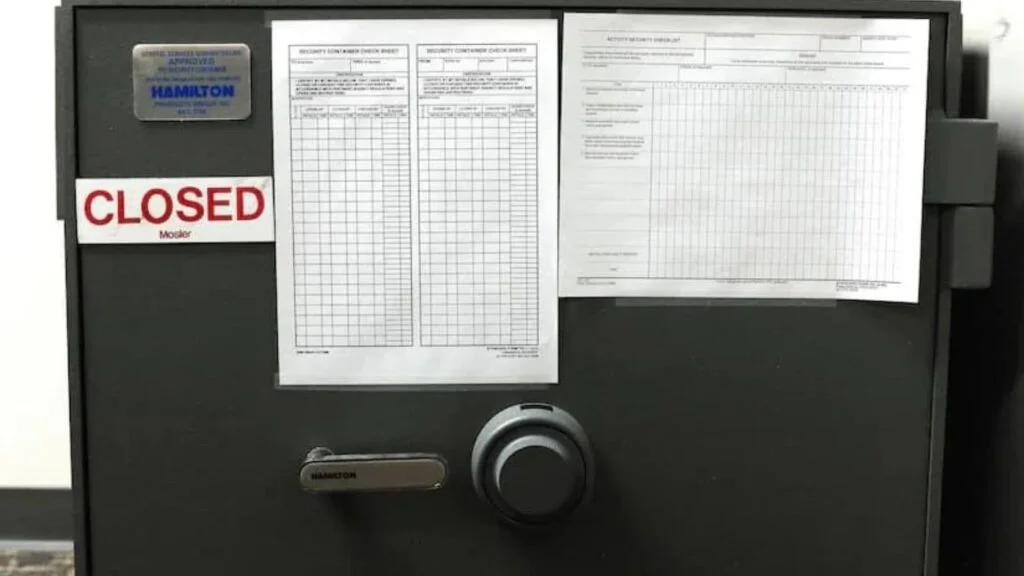DOD SAFE
DOD SAFE stands for Department of Defense Secure Access File Exchange. It is a secure file sharing system used by the United States Department of Defense (DOD) and its authorized partners. DOD SAFE provides a protected platform for exchanging sensitive and classified information between DOD personnel, government agencies, contractors, and other authorized entities.

DOD Safe is an online service that allows authorized common access card (CAC) holders to send and receive files too large for email. It also supports package-level encryption for files in transit and at rest. DOD SAFE replaces the Army Aviation and Missile Research Development and Engineering Center’s (AMRDEC) existing system, which was temporarily shut down for security vulnerabilities in 2019. The service is available to DoD contractors and military personnel.
The key to using DOD Safe is a Common Access Card or CAC. A CAC is a tiny chip that serves as an authentication device and is issued to only a limited number of people: active-duty military personnel, members of the Reserve and Selected Reservists, civilian employees of the Defense Department, state employees of the National Guard and National Guard Reserve, and eligible contractor employees.
Obtaining a CAC is a time-consuming process, and many organizations struggle to keep up with the demand for them. The need for a CAC also poses a challenge for organizations because it can leave them vulnerable when one of its holders leaves the organization, as is often the case.
Despite these limitations, DOD Safe is an excellent option for transferring large files with the U.S. Military, especially if you have a trusted team member who is able to upload and download files on your behalf.

How to Use DOD Safe?
To use DOD Safe, a user must have a Common Access Card (CAC). The CAC is a tiny chip that stores up to 144K data and is an authentication device. It is only available to a limited number of employees and can be taken away if an employee leaves the organization.
There are many benefits to using DOD Safe, including the ability to transfer files that are too big for email. It also uses NIPRNet, which protects your privacy and ensures that no one can view your data. However, it is important to note that DOD Safe is not compatible with malicious files. It is also not a good choice for time-sensitive transfers.
If you have questions about DOD Safe, contact the Defense Department’s Safe Helpline. The hotline is a 24/7, confidential, and anonymous support service for military members who have been affected by sexual assault or harassment. The hotline staff is trained to provide one-on-one support and can connect survivors to local resources and assistance.

DOD Safe Drop-Off
DOD SAFE offers several improvements over AMRDEC, including enhanced capacity and improved security. However, the system still has some limitations that may make it unsuitable for certain uses. For example, DOD Safe allows users to upload and download 25 files simultaneously. This can be a significant limitation for third-party contractors who need to send and receive large files with the U.S. military regularly. Fortunately, there are other alternatives that can provide similar functionality and better security than DOD Safe.
Files sent via DOD Safe are encrypted at the file level, so unauthorized individuals cannot read them. The system also scans uploaded files for viruses. This is an important feature for those wishing to send sensitive information online. However, this system is not ideal for sending time-sensitive files. It is not the fastest or easiest way to transfer files, and it requires that the common access card holder initiates the file transfer.
Disadvantages of DOD Safe
However, the system is not without its drawbacks. For one, all users must have a Common Access Card (CAC). The process of obtaining a CAC can be time-consuming and costly, which may make DOD Safe unsuitable for use by third-party contractors. Additionally, it is not ideal for sharing files that require immediate attention.
Another disadvantage of DOD SAFE is its file size limit. The service only allows 25 file uploads at a time and does not support files larger than 8 GB. This is a significant limitation, and it can lead to delays in the delivery of important information.



